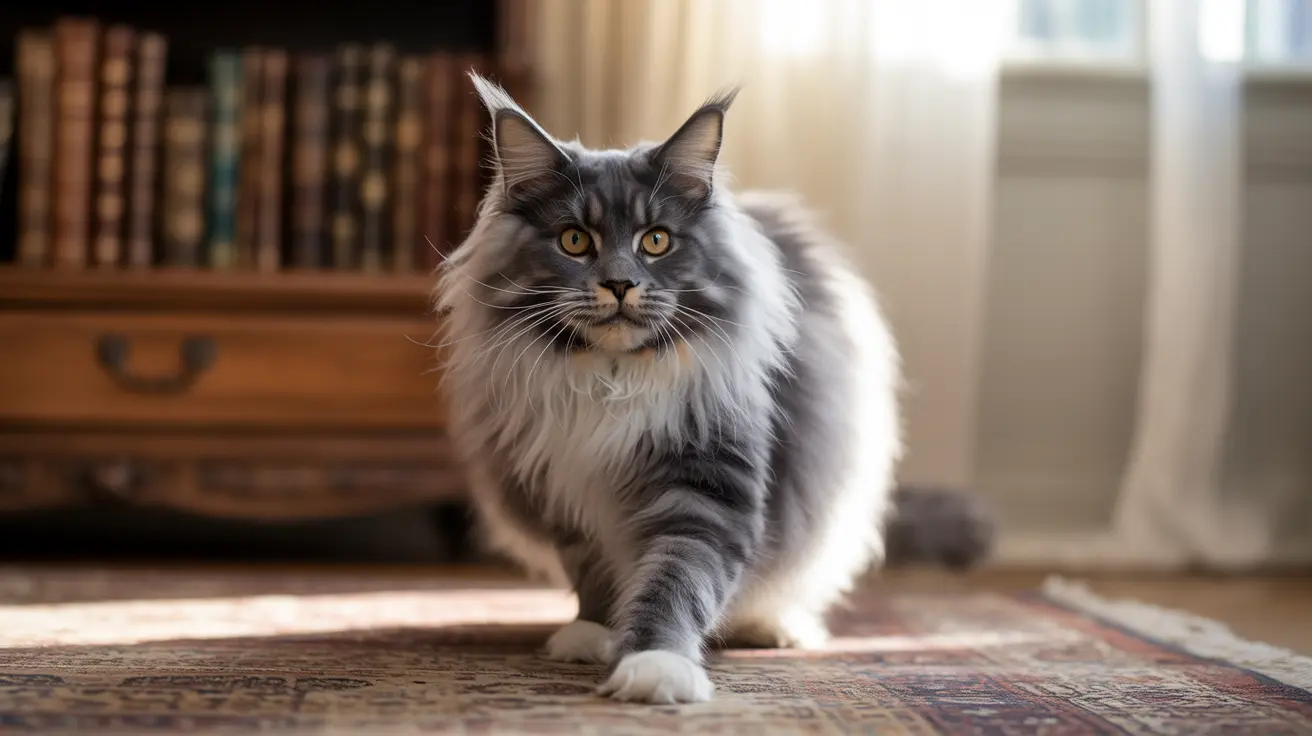Understanding Cat Whiskers and Their Importance
Cat whiskers, scientifically known as vibrissae, are remarkable sensory tools that play a crucial role in your feline friend's daily life. These specialized sensory hairs are much more than just decorative features - they're sophisticated navigation and communication instruments that help cats understand and interact with their environment.
When cat owners discover their pet's whiskers have been damaged or cut, the most pressing question is whether these vital sensors will grow back. The good news is that cat whiskers do grow back naturally, though the process requires patience and understanding.
The Natural Regrowth Process
Just like regular fur, cat whiskers are designed to regenerate naturally. When a whisker falls out or gets damaged, the follicle will typically produce a new one. The regrowth process usually takes between 6 weeks to 3 months for the whisker to return to its full functional length.
Several factors can influence the speed and success of whisker regrowth:
- Overall health of the cat
- Age and genetic factors
- Nutrition and diet quality
- The condition of the whisker follicle
- Environmental stress levels
Impact of Missing Whiskers on Cats
During the regrowth period, cats may experience several challenges due to their missing whiskers:
- Difficulty judging distances and spatial awareness
- Reduced ability to navigate in low light conditions
- Temporary loss of balance or coordination
- Increased anxiety or confusion
- Challenges with precise movements in tight spaces
Supporting Your Cat During Whisker Regrowth
While waiting for your cat's whiskers to grow back, there are several ways to help them adapt:
- Maintain a consistent environment layout
- Provide wide food and water bowls to prevent whisker stress
- Ensure proper nutrition with a balanced diet
- Reduce environmental stressors
- Create safe spaces with clear pathways
Prevention and Care Tips
To protect your cat's whiskers and support healthy regrowth:
- Never trim or cut whiskers intentionally
- Be careful during grooming sessions
- Use appropriate feeding dishes
- Monitor for signs of excessive whisker loss
- Consult a veterinarian if whisker loss seems abnormal
Frequently Asked Questions
Do cat whiskers grow back if they are cut or broken?
Yes, cat whiskers do grow back naturally when cut or broken, provided the follicle remains undamaged. The regrowth process is similar to that of regular hair growth.
How long does it take for a cat's whiskers to fully regrow after being cut?
The complete regrowth process typically takes 6 to 12 weeks, though this can vary depending on the cat's health and other factors.
What happens to a cat if its whiskers are cut or trimmed?
Cats may experience disorientation, balance issues, and difficulty navigating their environment when missing whiskers. They might show increased caution or anxiety until regrowth occurs.
Can trimming or cutting a cat's whiskers cause pain or emotional distress?
While cutting whiskers doesn't cause physical pain, it can lead to emotional distress and disorientation due to the loss of important sensory input.
How can I help my cat while its whiskers are regrowing after damage?
Maintain a stable environment, provide wide food bowls, ensure good nutrition, and minimize stress. Keep your cat's routine consistent to help them feel secure during regrowth.
Conclusion
While cat whiskers do grow back naturally after being cut or damaged, it's crucial to protect these vital sensory tools. Understanding the importance of whiskers and providing proper care during regrowth will help ensure your cat maintains their natural abilities to navigate and interact with their environment confidently.
Remember that whisker health is an important indicator of overall feline well-being, and any concerns about whisker loss or damage should be discussed with a veterinary professional.






